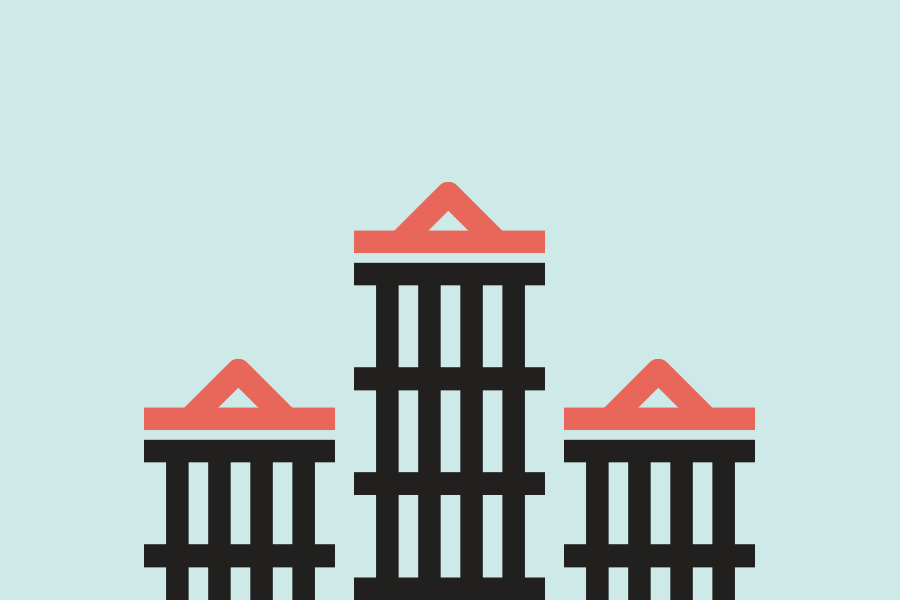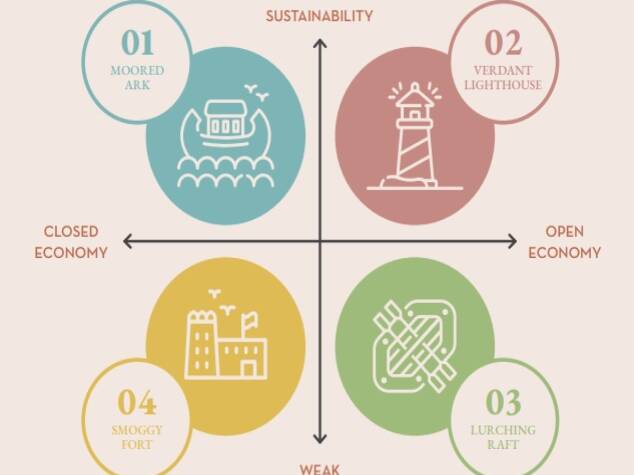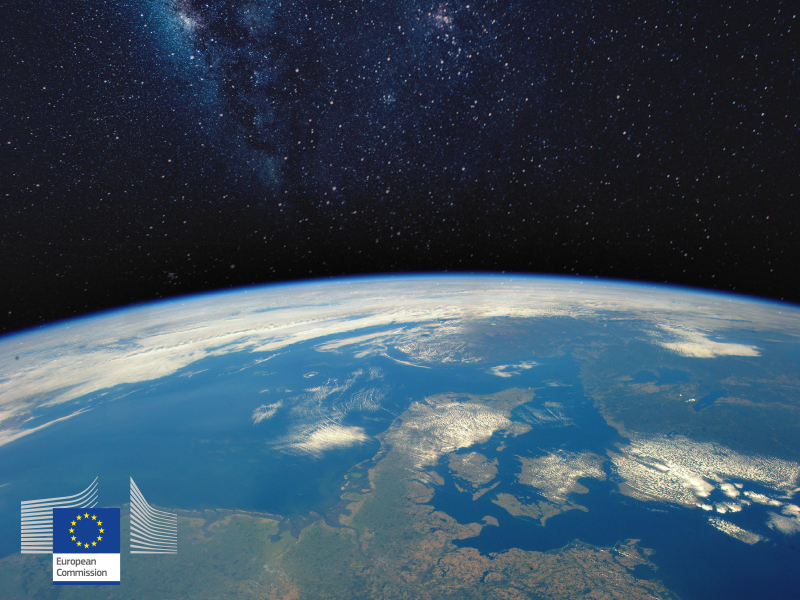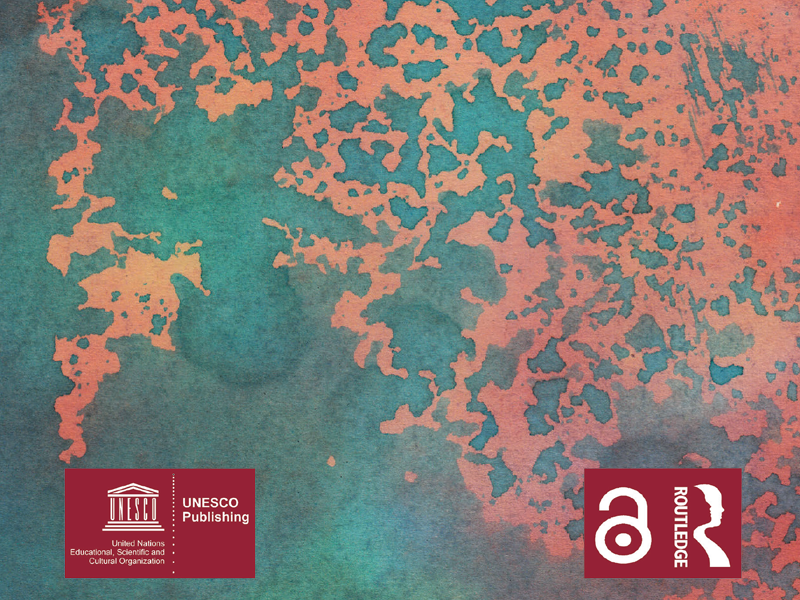The global pace of urbanisation continues to increase. At the same time, cities grow and operate more and more autonomously, setting new social and economic standards. The world is much more urbanised than previously believed. According to the recently adopted definition of urban areas 76.5% of the population already lived in urban areas in 2015, contrary to previous estimates of 54%. Both the total number and the relative importance of cities are steadily increasing.
The urbanisation rate varies widely by region. Nine out of ten future megacities (of over 10 million people) are expected to be located in the developing world (accounting for 90% to 95% of urban expansion in the coming decades). Most of the urban population growth is expected to occur in Asia, Africa and Latin America.
Of course, in recent years, some cities have experienced a population decrease, mainly in Asian and European countries with low fertility rate, where the overall population size is stagnant or declining, or experiencing an economic contraction. In addition, migration and natural disasters contributed to that population decrease. However, on a global level, fewer cities are expected to experience population decrease from today until 2030, in comparison to the last two decades, while 43 major cities are expected to have more than 10 million inhabitants
There is a close link between environmental challenges and opportunities related to urbanisation. Many cities are struggling to address the social, economic and environmental challenges posed by factors such as overpopulation, degradation, social inequalities, rising temperatures, pollution and traffic congestion. On the other hand, the proximity of people, businesses and services provides opportunities to rebuild cities with more efficient use of resources. Population density in cities entails shorter routes to work and services, more walking, more intensive use of bicycles or public transport, while apartment buildings or complexes require less heating and less space per person. As a result, city dwellers consume on average less energy and occupy less land per capita compared to rural residents, according to a European Environment Agency (EEA) study. The great challenge for Europe’s urban areas is to find balance between compact high-density areas, on the one hand, and quality of life in a healthy urban environment, on the other. Understanding the key trends of urbanisation, that may unfold in the coming years, is vital to the implementation of the 2030 Agenda for Sustainable Development, including strategic measures to create a new urban development framework aiming at enhancing living standards, providing and managing public services and developing a sustainable economy using new technologies that will lead to the creation of a third generation of “smart” cities. A key requirement is the use and proper utilisation of a large amount of information, whether it be data on road traffic, quality of natural resources such as water and air, train schedules or citizens’ mobility. At the same time, innovative solutions in systems and products in the construction and energy sectors will face the challenges of urbanisation, for which the cooperation of policy, industry, business and research is required. The 3rd generation of Smart Cities refers to cities where a human-centered vision prevails, based on the co-creation of a “senseable” city, which focuses primarily on the needs of its citizens, by finding the most appropriate solutions through new technologies. The 1st generation referred to smart cities where the vision of technology giant corporations to create innovative cities prevailed, while the 2nd generation referred to cities where the vision of governments and cities to improve the quality of life through the use of technology is applied.
Key Points
- Urbanisation attracts large investments (e.g. the metro, the port and the airport in Central Macedonia), increases employment opportunities and attracts specialised staff. The only way forward for communication and technology sector (ICT) is research and provision of innovative products
- Economic, social and environmental challenges, such as higher temperatures and increased pollution require innovative solutions to ensure a high standard of living, whereas authorities need to set new goals, while redefining cities’ operation and planning
- The new housing “model” includes changes in logistics, public transport, building regulations and materials
- Research and innovation
Read al the study here







